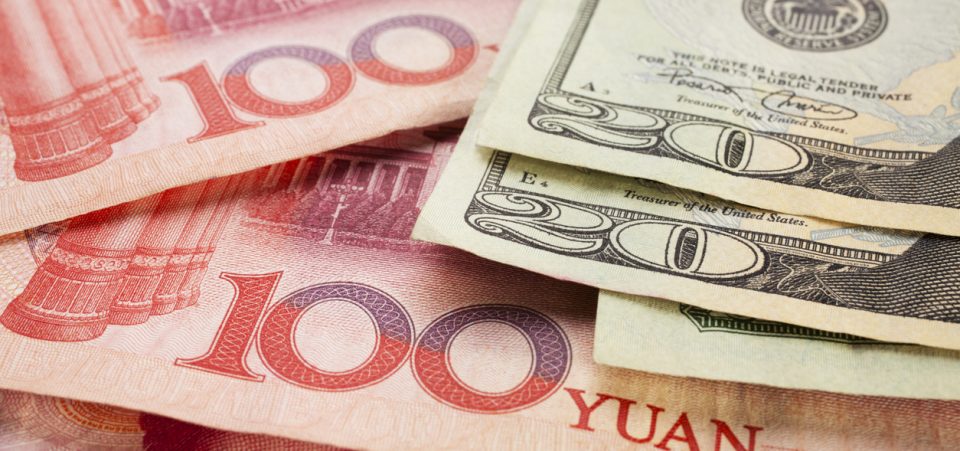Here’s How the U.S. Dollar Could Lose Its Reserve Status
The U.S. dollar could become obsolete much sooner than you may think. There has been an emergence of a new currency. It could cause the value of the U.S. dollar to decline. The greenback could lose its reserve status.
There’s one currency that investors really need to look at: the Chinese yuan.
You see, one of the biggest reasons that the U.S. dollar became a dominant currency was because commodities are priced in it. For example, oil is traded in U.S. dollar terms.
But this is changing. China launched crude oil futures on the Shanghai International Energy Exchange, where oil is priced in yuan terms. These futures started trading on March 25. (Source: “China Is About to Shake Up the Oil Futures Market,” Bloomberg, March 25, 2018.)
Why does this matter? Because before, only the U.S. dollar was used to buy or sell oil. Now, the yuan can be used instead.
Even Metals Can Be Bought with the Yuan Instead of the U.S. Dollar
That isn’t all. The London Metal Exchange (LME), the largest futures and options on base and other metalsl, could be launching yuan-denominated futures. (Source: “London Metal Exchange to launch yuan-denominated futures in sign of Chinese currency’s growing cachet,” South China Morning Post, May 21, 2018.)
This means that investors will be able to buy precious metals like gold and silver; industrial metals like copper, zinc, aluminum, and nickel; and other metals with the yuan. They won’t need the U.S. dollar for it anymore.
Currently, you can only use yuan as collateral. You still need dollars to buy the futures contracts, but the need for the U.S. dollar is diminishing.
What’s Next for the U.S. Dollar?
Looking at all this, one has to ask what’s next.
The Chinese yuan is gaining global dominance very quickly, and this is not good for the U.S. dollar.
First, the yuan was added to the International Monetary Fund’s (IMF) special drawing rights (SDRs) in October 2016.
Then, central banks started buying the currency. Between the fourth quarter of 2016 and the fourth quarter of 2017, central banks’ yuan holdings increased by over 35%. (Source: “Currency Composition Of Official Foreign Exchange Reserves (COFER),” International Monetary Fund, last accessed May 24, 2018.)
Now, we are hearing a lot about how oil and commodities are going to be priced in yuan.
In the midst of all this, we are seeing yuan trading hubs being opened up all over—in places where trade can take place in the Chinese currency.
Dear reader, no matter how you see it, the U.S. dollar is setting up for disappointment. The rise of the Chinese yuan makes a strong case for it.
Let me be very clear: for the Chinese yuan to get as big as the U.S. dollar, it could take a while. Don’t expect everything to happen in a day; it could take years.
But also remember that the U.S. dollar is like an elephant; it won’t go down easily. The dollar becoming obsolete would mean a lot of volatility in other currencies.
With all this in mind, I can’t help but see gold as a solid opportunity. The yellow precious metal has a long track record of preserving wealth in times when fiat currencies face headwinds.






